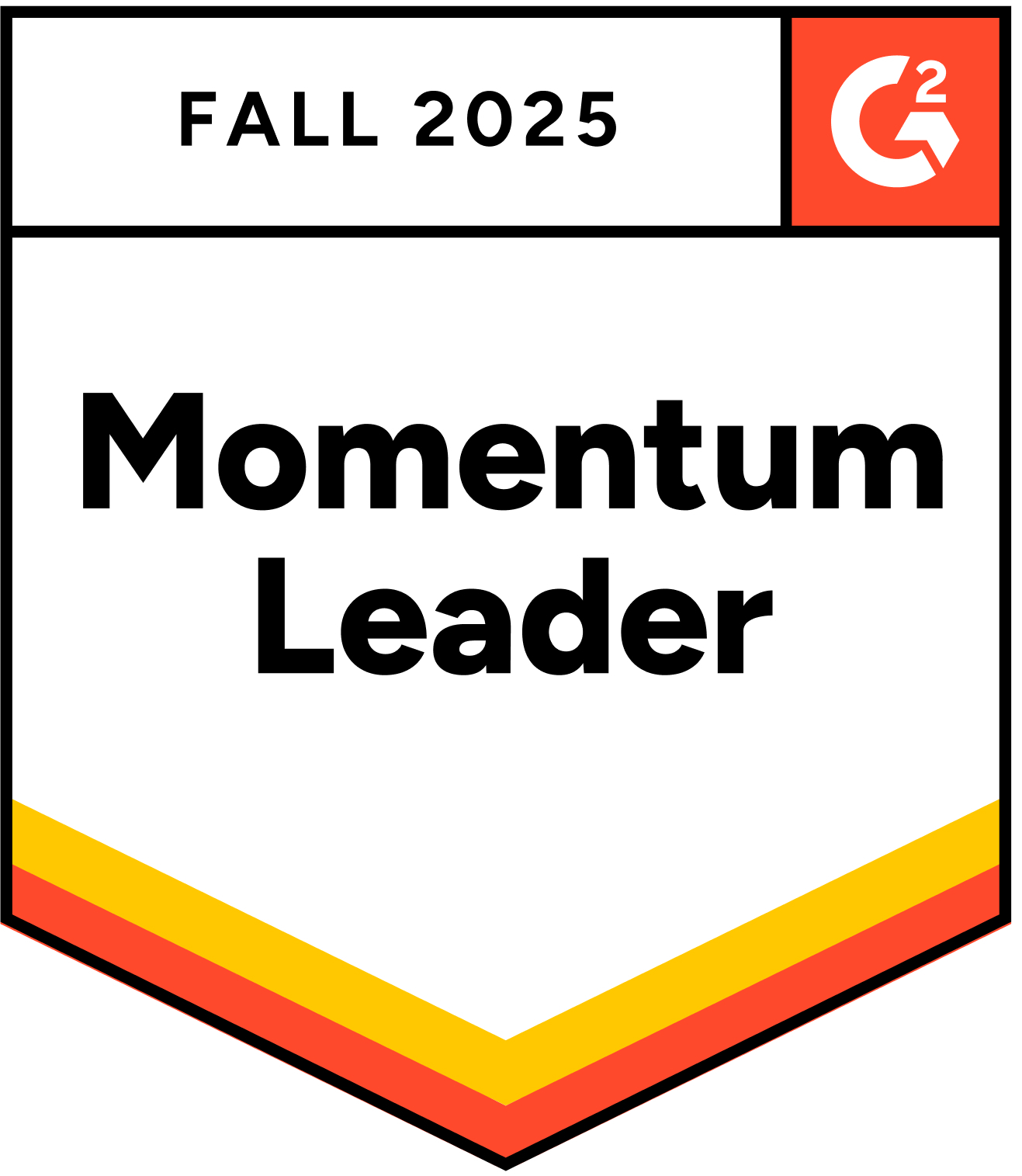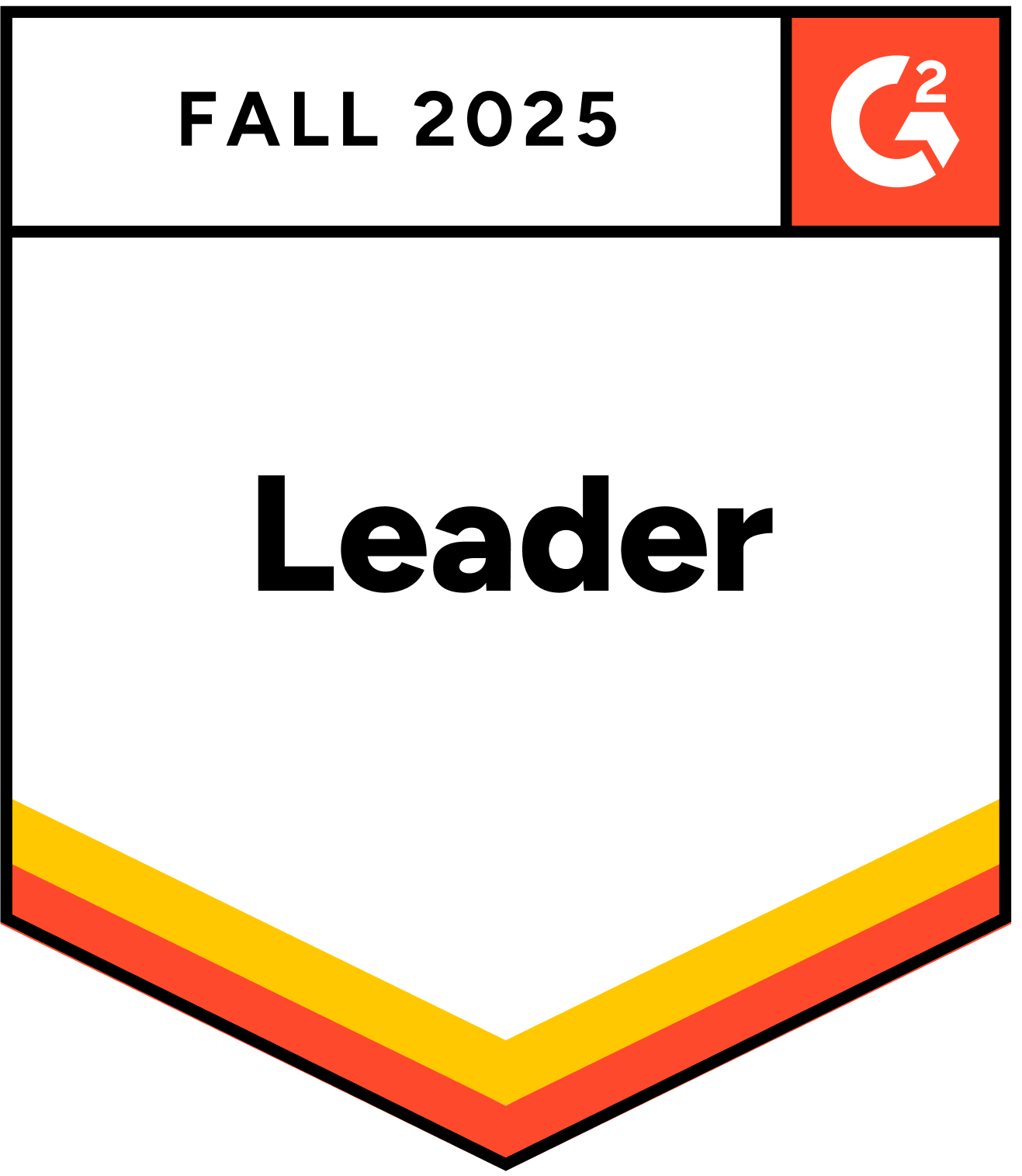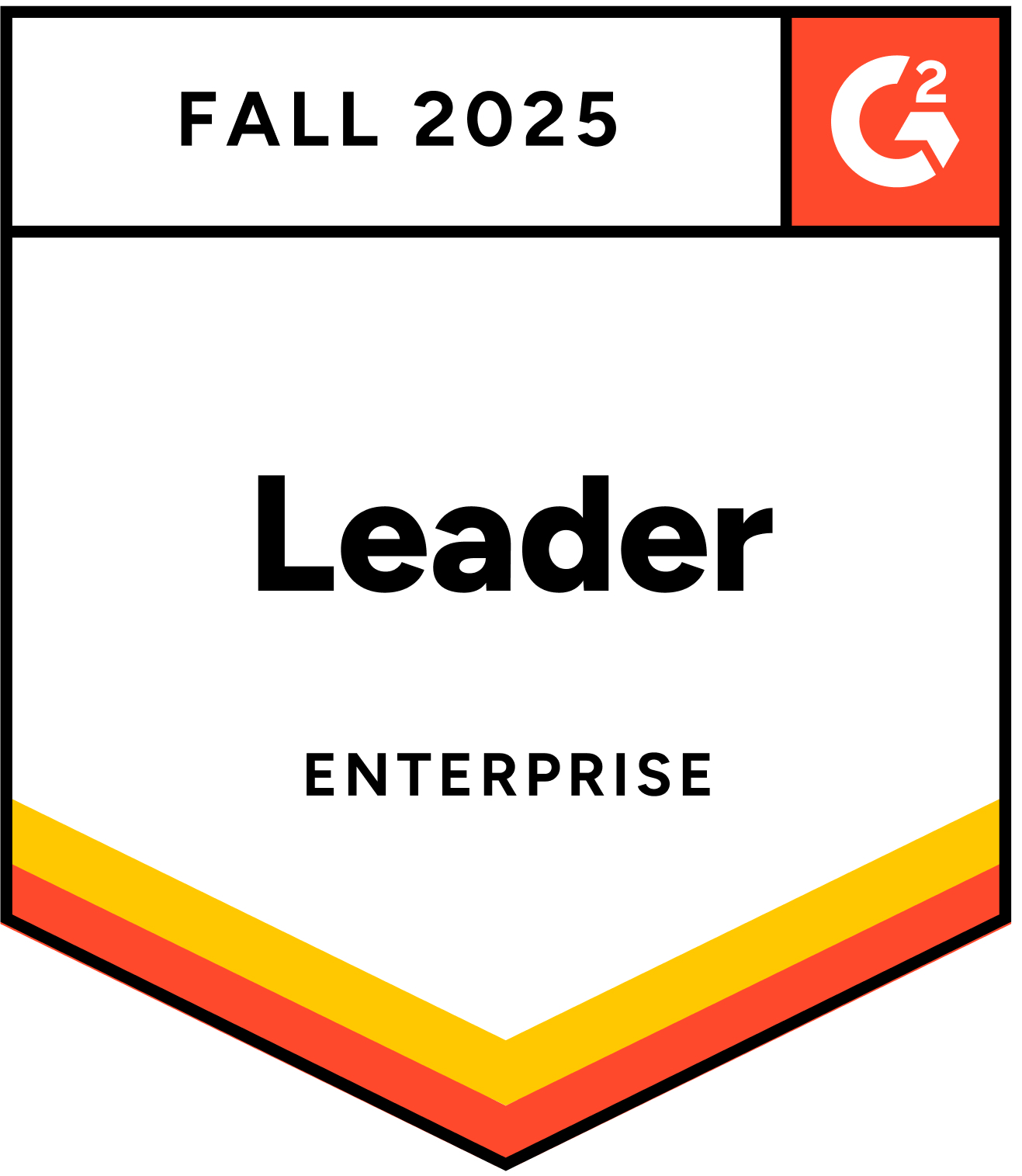Kshitij Jain (KJ) has a formula: 4-3-2-1. Four clicks, three applications, two shortlists, one hire. It’s the kind of elegant simplicity that makes TA leaders lean forward. In an industry where companies burn through hundreds of clicks and dozens of applications to make a single hire, KJ’s metrics represent an almost absurd elimination of inefficiency.
But spend time with the leadership team at Joveo, the AI recruitment marketing company KJ founded, and you discover something unexpected. The more they pursue mathematical precision, the more they talk about things that are hard to measure. The company building AI to revolutionize hiring has become a laboratory for understanding what remains irreducibly human about work.
The distinction isn’t semantic. In recruitment, “quality” has become shorthand for algorithmic sorting that reduces human complexity to keyword matches. KJ rejects the term entirely; calling a human being “not quality” offends something fundamental in him. The recruiter’s job is to identify fit, not to judge human worth. It’s a necessary rebellion against an industry that has, over decades, made millions of people disappear.
The Problem That Hasn’t Changed
Doug Shonrock has watched this disappearing act for forty years. When he started in recruitment – fresh out of Iowa State with three hundred rejection letters from Madison Avenue – candidates mailed printed resumes and rarely heard back. Today, they click “apply” on digital platforms and rarely hear back. The technology evolved; the experience did not.
“The mechanics changed from envelopes to algorithms,” Shonrock says, as he now heads candidate experience at Joveo. “The fundamental problem persists. Candidates still disappear into systems designed for internal efficiency rather than human experience.”
This is recruitment technology’s central paradox: every innovation designed to handle volume more efficiently has made individual candidates less visible.
Applicant tracking systems were built to help companies manage scale and satisfy reporting requirements. They’re productivity tools for recruiters, not experience platforms for candidates.
A professional laid off after fifteen years with their mortgage due, or a kid in college, navigates the same process as someone casually browsing from the comfort of current employment. A mother coordinating applications between school pickups faces identical workflows as a recent graduate with open afternoons. The system can’t tell the difference because it wasn’t designed to try.
Finding Patterns in the Chaos
Shubham Singh Chandel has a habit that drives his friends crazy: he interrogates strangers about their job searches. Uber drivers, baristas, delivery workers – anyone who will talk. He wants to understand not just where they found jobs, but why they chose one platform over another, what made them click apply instead of scrolling past. “Most people see randomness because they’re standing too close,” says Shubham, Joveo’s head of global supply. “What look like random decisions are actually predictable behaviors at scale.”
This obsession with pattern recognition has led to unexpected moves. Shubham launched TikTok as a recruitment channel when his peers thought he was experimenting. He did it because he’d mapped the actual daily routines of truck drivers and warehouse workers and discovered they weren’t on LinkedIn during breaks, they were scrolling TikTok.
Krishna Bhargav, who leads AI and data science at Joveo, translates these human insights into machine intelligence. But even he keeps returning to deeply human metaphors. “Fifty years ago, if you asked someone what 17 times 13 equals, people computed it quickly,” he explains. “Ask me now – I pause and calculate. Our mental computation has slowed because we’re so used to calculators. But calculators didn’t eliminate mathematicians. They made mathematicians faster.”
The question isn’t whether machines will replace recruiters, but which human capacities deserve preservation and which constraints deserve elimination. Bhargav’s answer is precise: “Cognition.” Let machines handle the cognitive load – the sorting, matching, scheduling. Free humans for what humans do best: build relationships, exercise judgment, recognize potential that doesn’t fit predetermined patterns.
The Currency of Trust
Vinod Radhakrishnan spent 25 years saving client relationships across continents – from the United States’ diverse business cultures to Germany’s precision-obsessed enterprises. He developed a simple philosophy: “Listen, focus, simplify, execute.” But the key is proportion. If at least 60% of any conversation isn’t listening, he’s already lost.
“When you’re trying to impress customers with what you know, you’re solving the wrong problems,” says Radhakrishnan, who heads customer success at Joveo. “But when you understand not just their problem but everything they’ve already tried to fix it – that’s when real solutions become possible.”
Prateek Mishra built his entire software development philosophy around this listening principle. “Any customer feedback beats any amount of market research you can do,” he says.
But trust in an AI-driven world presents new challenges. When a major campaign started failing, Nargis Roohi’s team didn’t wait it out or adjust quietly. They immediately reached out to the client: “This isn’t working.” They pivoted together, collaborating on a new strategy that delivered 40% cost savings.
“You don’t want to hide when something goes wrong,” Roohi explains. “Tell them upfront. This builds real relationships.”
Transparency and explainability become even more critical when AI makes decisions. “Our clients deserve better than sending their money into a black hole,” says Yazad Dalal, Joveo’s head of growth. “They should know exactly how investments perform, where candidates come from, whether they’re using cutting-edge technology.”
The Efficiency + Experience Architecture
“The tech we are building gives time back to both candidates and recruiting teams,” Dalal adds. “For candidates, this means conversational AI that actually answers questions, provides real status updates, and explains next steps. For recruiters, it means escaping “the drudgery” – the 60% of their day spent on repetitive tasks requiring neither judgment nor creativity.”
Naren Shankar, who heads client onboarding and solutions, has built his philosophy around making complexity invisible so users maintain control. “The best experiences are always implicit,” he says. “They don’t need to be overstated.” This means taking the burden of integration and technical complexity off the customer’s plate while keeping them fully informed.
The goal, articulated differently by each leader but pointing toward the same vision, is what Doug Shonrock calls “user control” – where job seekers understand and direct their journey, and where recruiters prepare for meaningful conversations rather than processing paperwork.
The Paradox of Purpose
Sanjay Chandel tells a story from when he was 24, when someone believed in his ability to lead a training function at a major hotel chain despite his rawness. “That’s the kind of human judgement and belief AI can’t replicate,” he says.
Now, as Joveo’s head of people and culture, he’s building what he calls an “AI-led embedded culture” – not to replace humans but to free them. “This isn’t about replacing people. It’s about letting them focus on what only humans do well while AI handles repetitive tasks.”
Vikrant Rohatgi left twenty years of strategy consulting at KPMG and EY to join Joveo because he saw something most companies miss: the true cost of bad hiring. “It’s not just salary,” he observes. “It’s the loaded cost, the cost of rehiring, the disruption to teams.” The real ROI of better recruitment technology isn’t efficiency; it’s the preservation of human capital.
The Lesson Being Written
There’s a moment in every Joveo leader’s story where technology recedes and something essentially human emerges. For KJ, it’s the distinction between quality and qualified. For Shonrock, it’s the unchanged problem across four decades. For Bhargav, it’s choosing when to close his laptop and spend time with his daughter.
These moments reveal something larger than company strategy. They suggest that organizations thriving in an AI-dominated future won’t be those with the most sophisticated algorithms, but those understanding which human capacities deserve amplification rather than automation.
The 4-3-2-1 metric that opened this story isn’t just about efficiency. It’s about recognizing that behind every click is a person with specific circumstances, particular anxieties, and individual dignity. The mathematical elegance matters, but only in service of a human goal: ensuring that finding work doesn’t require surrendering one’s humanity to systems never designed to see it.
Cindy Songné, reflecting on three decades in recruitment, captures something essential about this technological moment. “Real partnerships are never one-sided.” The observation was about agency relationships, but it applies equally to the relationship between humans and machines.
Shehzad Karkhanawala describes marketing teams of the future as “product managers for marketing AI, stitching together agent and human workflows.” Then he adds something crucial: “The fundamentals don’t change. You still need the right people thinking systematically about problems.”
This is perhaps the most profound lesson emerging from Joveo’s experiment: the more powerful our machines become, the more clarity we need about what makes us human. Not in some abstract philosophical sense, but in the practical, daily work of building systems that serve rather than diminish human dignity.
The recruitment industry has become an unexpected proving ground for this principle. Every rejected application represents a person’s ambitions. Every successful hire changes a life trajectory. The technology mediating these moments carries moral weight, whether its creators acknowledge it or not.
Joveo’s leaders seem to understand this responsibility. They’re building AI not to eliminate the human element but to reveal it more clearly – to strip away mechanical tasks that obscure human judgment, to remove barriers that prevent genuine connection, to create space for the recognition that every person, as KJ insists, has a superpower waiting to be discovered.
The 4-3-2-1 formula remains their north star. But the journey toward it is teaching them something more valuable than efficiency: that the highest purpose of artificial intelligence isn’t to replace human intelligence but to create conditions where human dignity, creativity, and judgment can flourish. In an industry that has spent decades perfecting the art of making people disappear, they’re using AI to make them visible again.
*This story emerges from conversations with Joveo’s leadership team – thirteen executives betting that the future of work isn’t about choosing between human and artificial intelligence, but about discovering how each can liberate the other.















